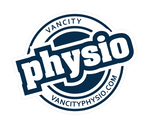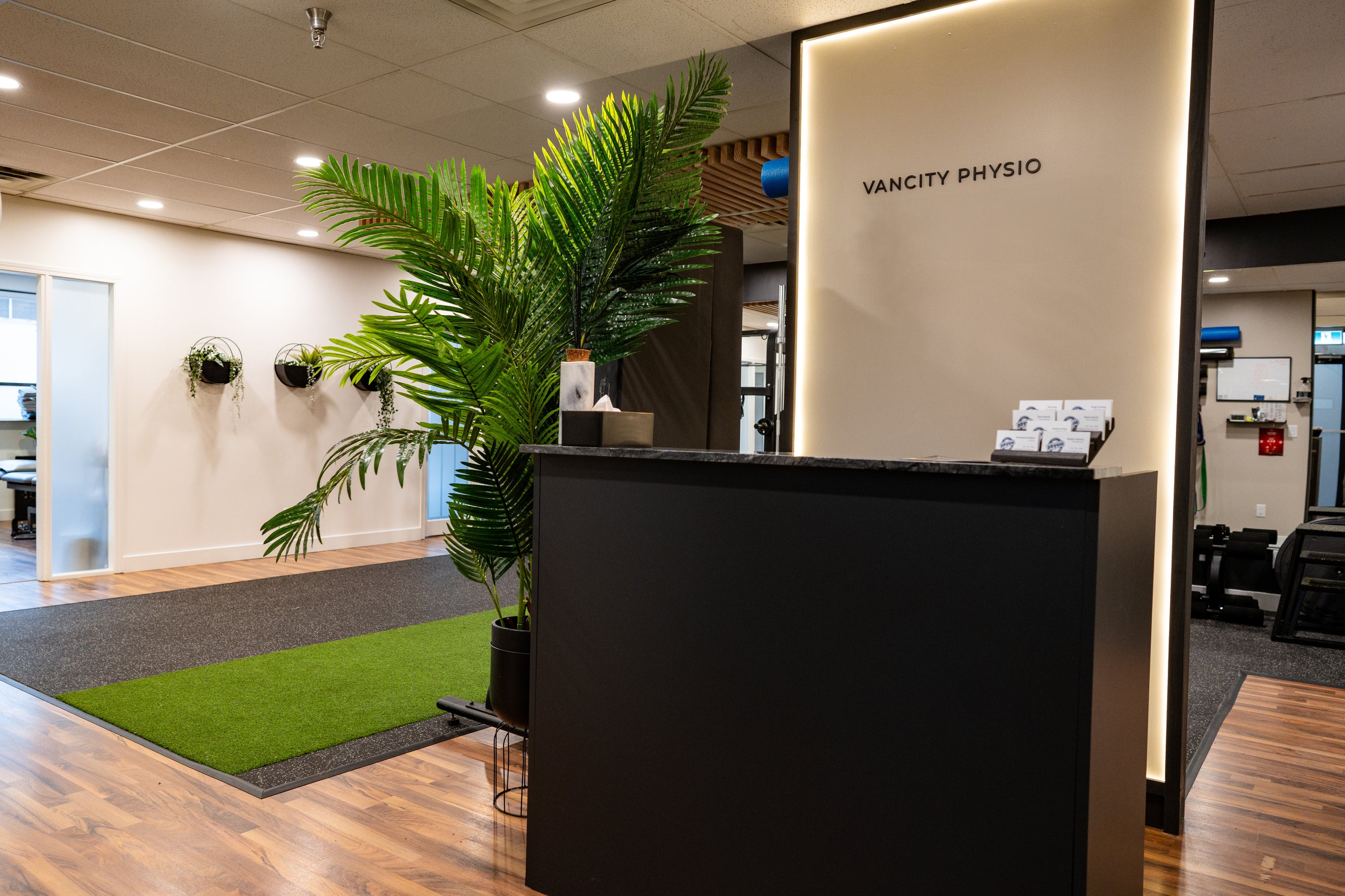The anterior cruciate ligament (ACL) is one of the most important ligaments in the knee, and injuries to it can have a profound impact on an individual's mobility and quality of life. ACL injuries are common among athletes, especially those involved in high-intensity sports like soccer, basketball, and skiing, but they can also affect individuals in everyday activities. If you’re recovering from an ACL injury or want to understand physiotherapy treatment options, this blog will provide insights into the role physiotherapy plays in managing ACL injuries and recovery.
What is an ACL Injury?
The ACL is a ligament in the knee that helps to stabilize the joint by preventing the tibia (shin bone) from sliding too far forward relative to the femur (thigh bone). ACL injuries typically occur when there is a sudden deceleration, twisting, or change in direction, which places a significant strain on the ligament.
In an ACL injury, the ligament can either stretch, tear partially, or completely rupture. Most ACL injuries are complete tears, which require intervention. Whether it is an acute injury from a traumatic event or gradual wear and tear, an ACL injury can drastically affect mobility and function.
Signs and Symptoms of an ACL Injury
Common symptoms of an ACL injury include:
- A popping sensation or sound at the time of injury
- Swelling within a few hours of injury, which can sometimes be significant
- Instability or a feeling of the knee “giving way” during activities like running or jumping
- Pain, particularly during movement or when placing weight on the affected knee
- Limited range of motion, especially in the first few days following the injury
If you experience these symptoms, it is crucial to seek professional help to determine the extent of the injury and begin the appropriate treatment.
Role of Physiotherapy in ACL Injury Management
Physiotherapy is a critical part of the treatment and rehabilitation process for ACL injuries. Whether the injury is mild or severe, physiotherapy plays a vital role in reducing pain, restoring function, and preventing further damage. Below, we discuss how physiotherapy is incorporated into the treatment of ACL injuries, focusing on both non-surgical and post-surgical rehabilitation.
Physiotherapy in Non-Surgical Management of ACL Injuries
For individuals with mild ACL sprains (partial tears) or those who are not highly active, physiotherapy can often be enough to manage the injury. The primary goals of physiotherapy in these cases are to:
-
Reduce pain and swelling: Initially, physiotherapists will help control inflammation and pain with techniques like ice therapy, electrotherapy (e.g., TENS), and manual lymphatic drainage.
-
Restore knee function: Early rehabilitation will focus on restoring the range of motion in the knee and regaining basic mobility. Passive and active movements, stretching, and exercises aimed at reducing stiffness are often prescribed.
-
Strengthen muscles around the knee: Strengthening exercises target the muscles surrounding the knee joint—especially the quadriceps, hamstrings, and calf muscles—so that they can better support the joint. Improved muscle strength helps to compensate for the lack of ACL integrity, reducing the risk of further injury.
-
Balance and proprioception training: Proprioception (the body's awareness of its position in space) is often impaired after an ACL injury. Physiotherapists use balance exercises to help restore this ability, which is crucial for preventing further injury.
-
Education: The physiotherapist will educate the patient on proper movement patterns and posture to avoid aggravating the injury and to encourage correct loading of the joint during recovery.
Physiotherapy After ACL Reconstruction Surgery
For those who undergo ACL reconstruction surgery, physiotherapy becomes even more essential in the recovery process. The recovery from ACL surgery is a long-term commitment that typically spans 6 to 12 months. Physiotherapy plays a central role in both the immediate post-surgery phase and the long-term rehabilitation phase.
1. Phase 1: Immediate Post-Surgery (0-6 Weeks)
In the initial phase, the focus is on:
- Pain management and swelling reduction: Using ice, compression, and elevation alongside gentle movements to keep the knee mobile and reduce swelling.
- Gentle range of motion exercises: Light movements are introduced to ensure that the knee joint maintains flexibility and to prevent stiffness.
- Isometric exercises: These exercises involve muscle contractions without joint movement. They help activate muscles like the quadriceps, which may have weakened during the injury.
2. Phase 2: Early Rehabilitation (6-12 Weeks)
As the patient progresses, physiotherapy will focus on:
- Strengthening exercises: Gradual introduction of strengthening exercises, starting with light resistance. A combination of quadriceps, hamstring, and calf exercises is implemented to support the knee joint.
- Weight-bearing exercises: Patients are encouraged to gradually place weight on the affected leg while performing functional movements. This helps to regain mobility and stability.
- Functional training: The physiotherapist will use exercises designed to mimic daily activities like walking, squatting, and climbing stairs. This improves the individual’s ability to perform basic movements and regain confidence in their knee.
3. Phase 3: Advanced Rehabilitation (3-6 Months)
During this phase, the intensity of exercises increases, with a focus on:
- Dynamic strengthening: Exercises that focus on strengthening the muscles around the knee while incorporating dynamic, movement-based activities. This may include lunges, step-ups, and leg presses.
- Proprioceptive training: Enhanced balance and coordination exercises like standing on unstable surfaces (e.g., wobble boards or balance discs).
- Sport-specific drills: For athletes, the physiotherapist will begin implementing sport-specific exercises that mimic the demands of their sport, such as lateral movements, agility drills, and jumping exercises.
4. Phase 4: Return to Sport (6-12 Months)
The final phase of rehabilitation is focused on:
- Advanced agility training: High-intensity agility drills, jumping, cutting, and pivoting exercises to prepare the knee for the demands of the sport.
- Plyometric exercises: These are exercises that involve explosive movements (e.g., jump squats, bounding) to improve power and coordination.
- Psychological readiness: Many athletes may struggle with the psychological aspect of recovery. A physiotherapist can work alongside the patient to help rebuild confidence in the knee and address any fears of re-injury.
Emerging Physiotherapy Techniques in ACL Rehabilitation
In addition to traditional rehabilitation strategies, new techniques are continually being explored to accelerate recovery and improve outcomes for ACL injury patients. Some of these include:
-
Blood Flow Restriction Therapy (BFR): This technique involves applying a cuff to the upper limb to restrict blood flow while performing low-intensity exercises. It has shown to help build muscle strength and mass even when traditional high-load exercises cannot be performed due to pain or restrictions.
-
Cryotherapy and Contrast Therapy: These recovery techniques, involving the use of ice and heat, are sometimes used to reduce inflammation, accelerate healing, and promote blood circulation.
-
Laser Therapy and Ultrasound: These modalities can help with tissue healing by increasing circulation and reducing swelling and pain.
Physiotherapy is an essential component of both non-surgical and post-surgical treatment for ACL injuries. By focusing on strengthening muscles, improving joint function, and restoring movement patterns, physiotherapy can help individuals recover faster and regain their pre-injury levels of activity.
If you are suffering from an ACL injury, it’s important to consult with a physiotherapist who can tailor a treatment plan specific to your needs, whether you are managing a mild sprain or recovering from surgery. With the right rehabilitation approach, many people can return to full, active lives post-ACL injury.
Book a Consultation Today!


